if you belong to the number of people who prefer your house to sound natural with the use of slate which is often used as finishing of house floors you choose the right option by making these tiles your living room finishing.
slate floor tiles Bunnings
The natural stone substance known as slate is extracted from the ground, most frequently in mountainous regions, and used as a flooring material. Slate is a metamorphic rock, which (if you’ll remember your primary school geology lessons) basically means that it is formed over extended periods of time out of other forms of rock that were already in existence. Quartz, mica, muscovite, and calcite are some of the minerals and sediments that are included here. Additionally, biotite, chlorite, hematite, and pyrite are frequently found here as well. Additionally, apatite, graphite, kaolinite (the primary mineral found in ceramic clay), magnetite, zircon, and feldspar can be found here on occasion. Slate is created when these components are subjected to heat and pressure for extended periods of time in order to forge a cohesive, stone with uniformly small grains. This process takes a very long time. Slate is a hard, foliated, and brittle type of stone that can appear in a wide variety of colors. These colors are determined by the location of the slate in question as well as the minerals that are present in it. The most common colors for it are black, dark green, and gray; however, it may also have hints of red, purple, gold, and blue. Large slabs of slate are obtained from the quarry, and these slabs are subsequently divided into tiles of more or less consistent size along their foliation. Although there are quarries in the United States and other parts of the world, the vast majority of slate products are created in Asia. Not only are slate tiles used for flooring, but they are also utilized for tiling walls, creating backsplashes, stepping stones, and roofing, amongst a variety of other applications. Slate is arguably the natural stone that is used the most in general construction. Different Slate Tile Flooring Options The region where slate was mined can have an effect on the color, quality, density, and permeability of the stone. However, the manufacturing process is the primary factor in determining how slate tiles are classified. When slate tiles are in their most natural state, which is referred to as “ungauged,” they are not uniform in size and exhibit uneven, rough surfaces on both the front and back of the tile. This state is referred to as the “raw” state. The thickness of ungauged slate tile flooring typically ranges anywhere from 1/8 of an inch to 1/2 of an inch, and the tiles can be set such that either side of the tile faces up when the floor is being laid. Because of this, installation may become more difficult, necessitating the use of methods such as “back buttering,” which involves building up adhesive on the back of the tile in order to make it lie flat. Because their backs have been ground down to a consistent flatness, which results in the tiles being pretty much uniform in size, with a thickness of approximately 1/16 of an inch, you will save money on labor costs if you purchase gauged tiles, despite the fact that these tiles are typically more expensive. This classification of gauged or ungauged is mainly unique to slate tiles, as tiles made of other natural stones, such as granite or marble, are cut to size instead of having this gauged or ungauged distinction. 
slate floor tiles for sale
On the other hand, slate is often cleft in the direction of its inherent graining. Slate that has not been gauged is typically put to use in applications that are located outside, such as stepping stones. In addition to this, it is more prone to spalling, which is the process in which newly placed slate floors chip and become dusty before settling, and it often occurs during the first three months after installation. The back of the slate tile is referred to as “gauged” or “ungauged,” while the surface of the tile is referred to by the other classifications. These expressions include “clefted,” “honed,” and “polished,” among others. If a slate tile is clefted, then the surface is left in the same condition as it was when it was quarried. This classification is analogous to the ungauged designation but only applies to the tile’s surface. This indicates that the surface will be uneven, rough, and bumpy in appearance. Cleft slate is commonly referred to as “natural slate” since many individuals value the old-fashioned and earthy appearance that it lends to their slate flooring. Cleft slate has fantastic traction and is an excellent material for creating a non-stick flooring surface; yet, it can be difficult to walk on barefoot because of its uneven surface. Slate that has been “honed” has had its surface polished to a smooth finish, producing a slate that is both glossy and flat on its front. The natural brilliance of the color variants may have part of their luster dulled as a result of this process, but the end result is an appearance that is more contemporary and up to date. Even after being honed, slate does not achieve the same level of pristine sheen as marble and retains some traction when the surface is handled. Gauged Honed slate will be even more uniform in size than gauged cleft slate, and it will typically cost more due to the increased amount of finishing that it has through. Honed slate is not as forgiving as cleft slate since it is more prone to exhibit dirt and chips. Cleft slate is more durable overall. When honed slate is further refined to the point that it sparkles and is as glossy as a material like marble, this type of slate is referred to as polished slate. Because slate is not particularly suitable for this kind of glowing surface, and because polished and honed slate tile can both be extremely slippery, polished slate is not very common. Honed slate, on the other hand, is more common. You can choose from ungauged cleft slate, which will have a rough appearance all around, or gauged honed slate, which will have a more polished and contemporary appearance. Both of these alternatives are accessible to you as possibilities for slate tile flooring. Slate is a great choice for flooring due to the vast range of slate kinds that are available. Slate is a more expensive option for a floor covering than other materials, and it will most certainly be more expensive than low-end flooring options such as carpet, vinyl, or laminate. Although slate tile flooring is typically more expensive than ceramic tile flooring, this is not always the case, particularly when comparing the prices of high-end ceramics such as porcelain tile. 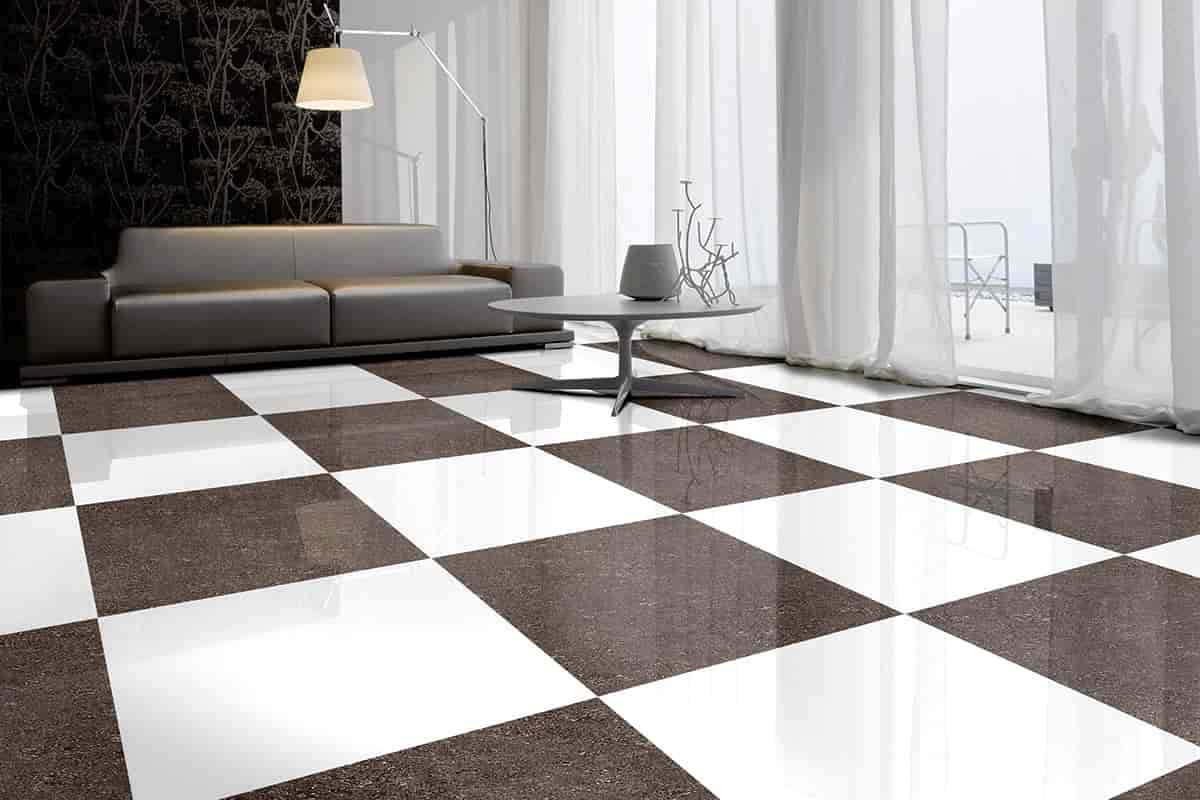
slate floor tiles wickes
In spite of this, slate remains the most affordable option for natural stone flooring, coming in at a price that is far lower than that of a marble or granite surface. Slate can be purchased for anywhere between $5. 00 and $20. 00 per square foot, with pricing typically falling somewhere in the middle of this broad range. This is because there is such a broad range of slate kinds to choose from, which is closely tied to the topic at hand. The cost of your slate floors will be determined by factors such as the nation of origin (the cost of transporting exotic foreign slate will add to the overall cost of the slate), and slate that is denser will often be more expensive. It is important to keep in mind that installing slate tile flooring might also result in increased expenditures, particularly if the tiles are not gauged. as for the question of how close ceramic tiles can come to natural stone there have been designs to sound like natural stone slate many people choose to pay less for a more durable and stronger quality. As was mentioned earlier, slate can be especially tricky to install due to its natural properties. During the installation process, sealers should be put to slate since slate flooring is susceptible to stains, and the permeability of different varieties of slate can vary greatly from one another. After the slate has been grouted, sealed, and installed, you may want to consider applying a color enhancing sealer to bring out the inherent vivacity that is contained within your slate tiles. This may be done by applying the sealer after the slate has been sealed. Because of this, the hues of your flooring will become more intense, imitating the way that wet stones appear more bright than dry ones do. In addition, we’ve covered this previously, but for the first few months after installation, slate flooring are susceptible to a flaking problem called spalling. Do not be worried by this, as it is a natural process. Slate is a naturally flaky and cleft stone, so this is to be expected. However, you should make sure to sweep the floor every day to prevent dust from accumulating. After the slate floors have had time to settle, they demand a relatively low level of maintenance. It should be sufficient to keep your slate floors clear of dust and filth if you sweep them on a regular basis and damp mop them occasionally. There is no need to worry about replacing the tile if your cleft slate floors sustain any chips. Because the hue is consistent across the stone, any imperfections will be difficult to detect. However, given that dirt and damage would be more obvious on the surface of honed and polished slate flooring, they may require additional maintenance. Avoid acidic cleaners or spills. 
slate floor tiles bathroom
Even though slate floors can last a lifetime, you shouldn’t be afraid to reseal them if they appear to need it. Things like lemon juice or vinegar are known to cause irreparable harm to slate flooring. The one-of-a-kind and one-of-a-kind beauty of slate tile floors makes them highly desirable. Because of the wide variety of colors and styles that are available, a slate floor may be customized to complement virtually any aesthetic. This versatility is merely an added benefit, though, as the unusual appearance of slate is what many people find to be its primary selling point. A design that features marbled, irregular striations and startling splashes of brilliant color against more muted grays and blacks is one that is in high demand. The appearance of a floor covered in slate tiles can be made to look either quaintly traditional when the tiles have a colorful clefted pattern or aesthetically modern when the tiles are honed in a uniform shade of gray. The use of slate flooring in your home is likely to make a statement and attract the attention of guests. The adaptability of slate flooring extends even to the locations in which it can be installed. Slate is a versatile material that can be used in almost every room in your home. However, it functions particularly well in areas that will be in regular touch with water, such as kitchens, baths, and mudrooms. Due to its better resilience to water, slate flooring can even be used to tile the interior of your shower, in contrast to hardwood floors, which will warp over time, or carpets, which will stain and mildew with time. In addition to being resistant to water, slate also resists stains so long as it is properly sealed. Furthermore, slate requires very little maintenance; in the event of a spill, all that is required is a short mopping. In addition, slate is one of the most long-lasting types of flooring that can be purchased. If it is permitted for use as a roofing material, then you can trust that it will be able to withstand even the regions of your property that receive the most foot traffic. Because of this, it is a wonderful choice for people who have dogs as a floor covering because you won’t have to worry about your dog’s claws scraping up the surface of your flooring like they would if you had hardwoods. Because it is so durable, cleft slate does not get slippery and is an excellent material for use in both indoor and outdoor settings. 
slate floor tiles near me
In addition to all of these benefits, slate is an excellent choice for flooring for individuals who suffer from allergies because it is resistant to bacteria and simple to maintain. As a result of its resistance to fire, slate will keep your family secure from harm. Slate tile, much like any other type of flooring, has some negatives in addition to its many positive qualities, such as the following: We have already discussed the potential complications that may arise during the installation of slate tile flooring, as well as the fact that slate is a natural stone and so tends to be on the more expensive side. Because of its extreme hardness, slate is extremely long-lasting. However, this also makes it uncomfortable to stand on for extended periods of time, which can lead to painful feet and aggravate existing joint conditions in those who are susceptible. Slate is incredibly durable, but it is also quite fragile. This means that slate tiles have a propensity to break if something heavy is dropped on them. Furthermore, because there are such intense variances among slate kinds, it may be difficult to obtain a replacement that is an exact match. Slate is another type of flooring that is frosty to the touch, yet the fact that it is so chilly could be a benefit for those of us who live in Florida. We hope that you will choose Floor Coverings International of Largo and Seminole, Florida for your future flooring job, regardless of whether or not you end up deciding that slate flooring is the best option for you. 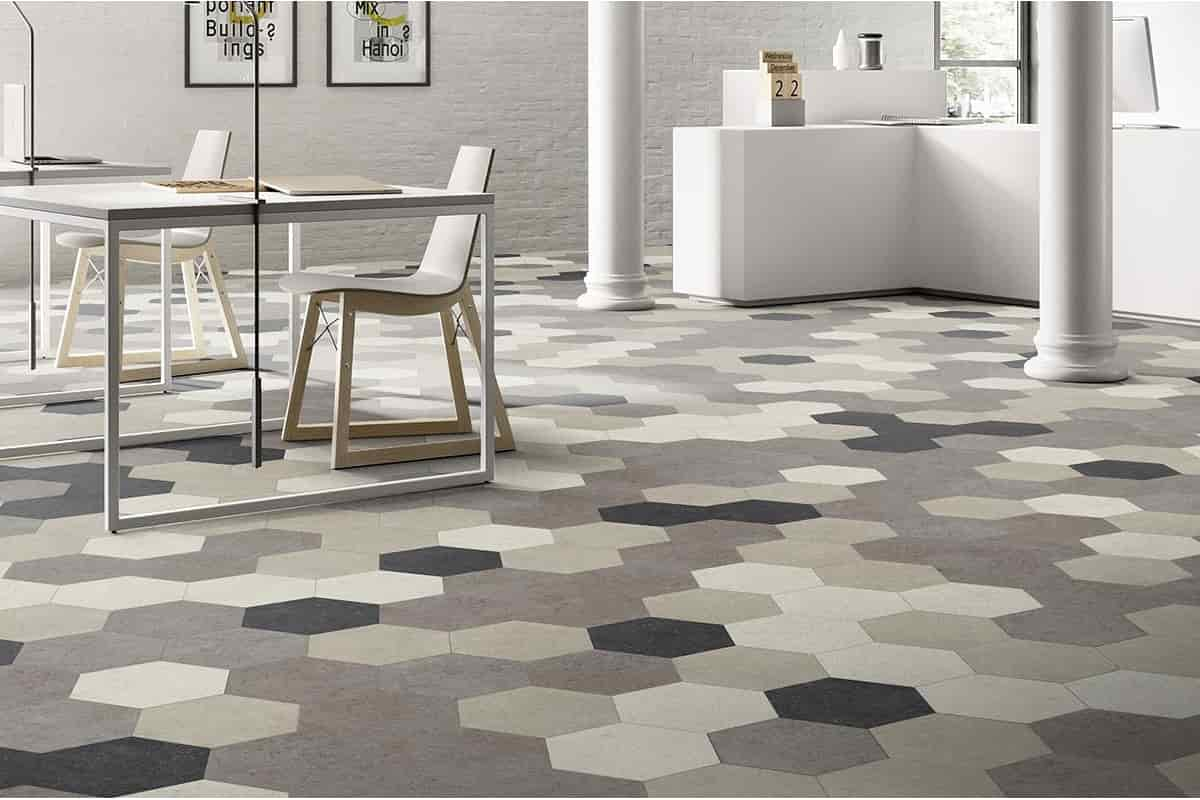


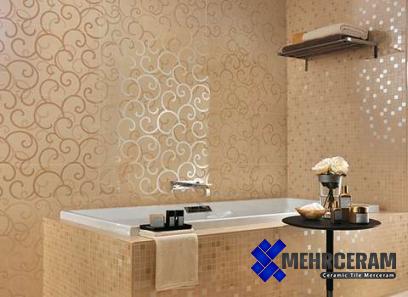
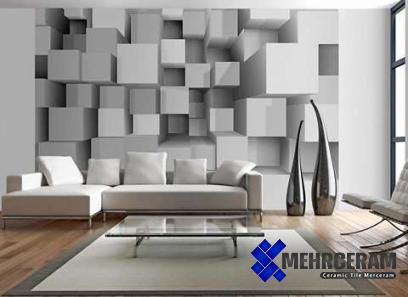
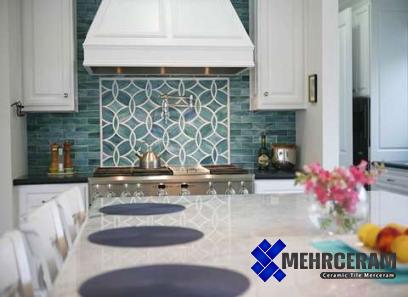
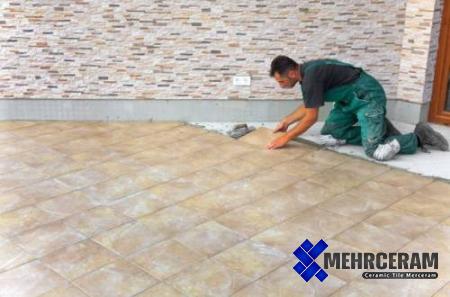

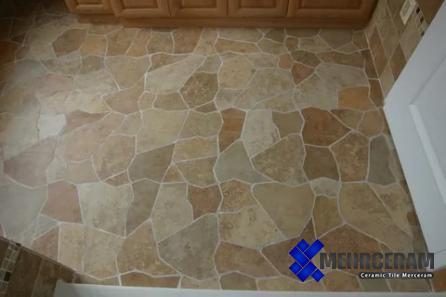

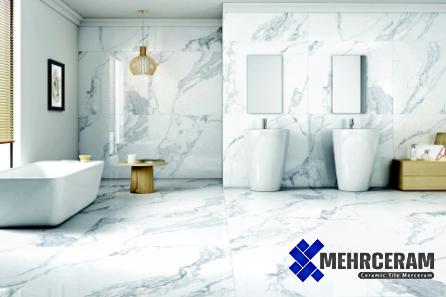
Your comment submitted.